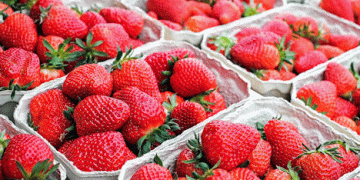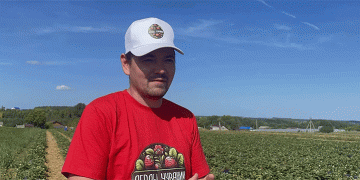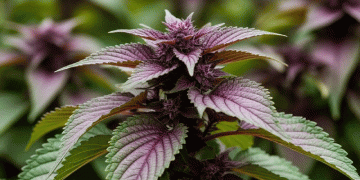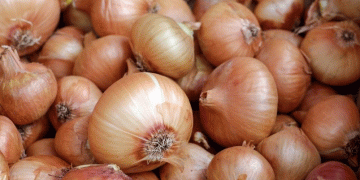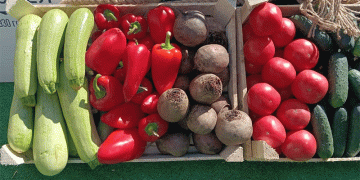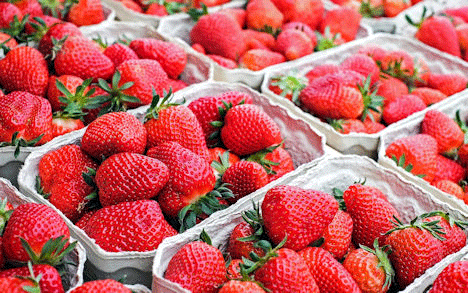The Spanish strawberry sector has concluded the 2023/24 season with a total production of 221,412 tons, representing a 9% decline compared to the previous season. According to Freshuelva, the association of strawberry producers and exporters from Huelva, this decrease in production reflects a challenging season influenced by several factors, including drought and subsequent weather fluctuations.
Challenges and Production Dynamics
The season began with significant irrigation restrictions due to prolonged drought, negatively impacting plant development and contributing to the production drop. Despite these setbacks, the strawberry industry managed to mitigate some of the adverse effects with the onset of rainfall in March, which improved conditions towards the end of the season. However, the high temperatures in May posed further challenges by affecting fruit quality and reducing export opportunities.
Recent data from the Spanish Ministry of Agriculture supports these observations, showing that drought conditions led to reduced yields across various crops, including strawberries. Despite this, the industry managed to maintain competitive pricing and adapt to market demands, which contributed to an overall increase in export value.
Export Value and Market Impact
Notably, the lower production did not deter the sector’s performance in terms of export revenue. By May 2024, the value of strawberry exports had increased by 8% compared to the previous year, reaching over €616 million. This rise in export value underscores the resilience of the Spanish strawberry sector and its ability to capitalize on market opportunities despite production challenges.
The increase in export value can be attributed to several factors. The limited supply of strawberries due to reduced production likely contributed to higher prices, which in turn boosted the overall export revenue. Additionally, Spain’s reputation for high-quality strawberries and strategic market positioning helped sustain export demand.
The 2023/24 strawberry season in Spain was marked by significant challenges, including drought and adverse weather conditions. While production decreased by 9%, the sector demonstrated resilience by achieving an 8% increase in export value. This outcome highlights the industry’s ability to adapt to difficult conditions and maintain a strong presence in the international market. Moving forward, stakeholders should focus on improving water management and climate resilience to ensure more stable production and continued market success.
